Quick Answer
To fix low sound quality on a Bluetooth speaker, ensure the devices are paired correctly and close by, update any drivers or speaker firmware, and enable high-quality codecs (like aptX or AAC) if supported lifewire.com. Adjust both devices’ volume and EQ settings, reduce interference (move away from Wi-Fi routers or walls), and try resetting or re-pairing the speaker. These steps usually restore clear audio
Bluetooth speakers sometimes suffer from muffled or weak audio due to signal issues or settings. This guide explains why sound can be low and shows step-by-step fixes. We’ll cover checking connections, using better codecs, updating software, and optimizing placement. Follow these tips to get your Bluetooth speaker sounding loud and clear again.
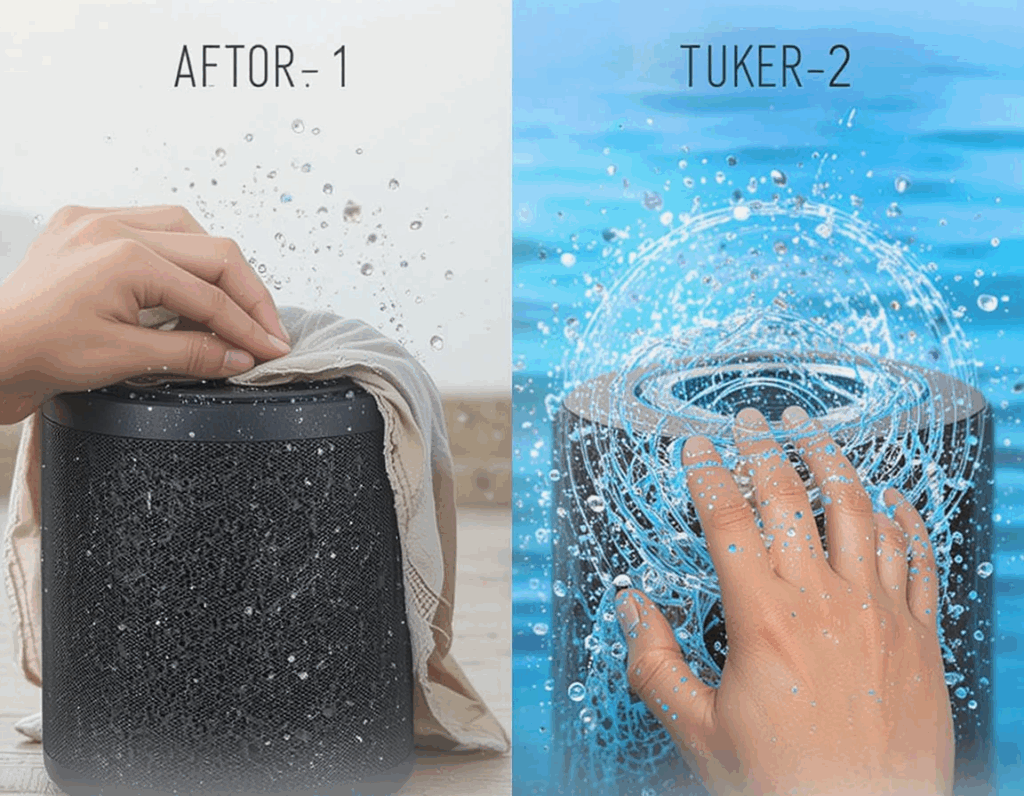
Why Does My Bluetooth Speaker Sound Low or Muffled?
Bluetooth audio can degrade in several ways, causing low sound quality. Common culprits include:
- Weak Signal / Distance: If the speaker is too far from the source (phone, laptop), the signal gets weaker. Walls or obstacles make it worse. Keep devices within 10–30 feet in an open space.
- Interference: Other wireless signals (Wi-Fi, cordless phones) or physical barriers can interfere. These can cause dropouts or static in the audio.
- Default Codec (SBC) Compression: By default, Bluetooth uses a basic codec (SBC) that compresses music heavily. As Lifewire notes, if both your source and speaker don’t support the same high-quality codec (like aptX or AAC), Bluetooth falls back to SBC, which degrades fidelitylifewire.com.
- Low Battery / Power Saving: Some Bluetooth devices reduce output when the battery is low or in power-saving mode, making sound quieter or tinny.
- Audio Source Quality: Playing a low-bitrate MP3 or streaming over a bad connection can sound poor. Also check the phone/computer’s volume level – if it’s low, the speaker output will be low.
- Hardware Issues: Physical damage (torn speaker cone, loose wires, or dust inside) can muffle sound. Internal problems can limit volume or clarity, requiring repair or cleaning.
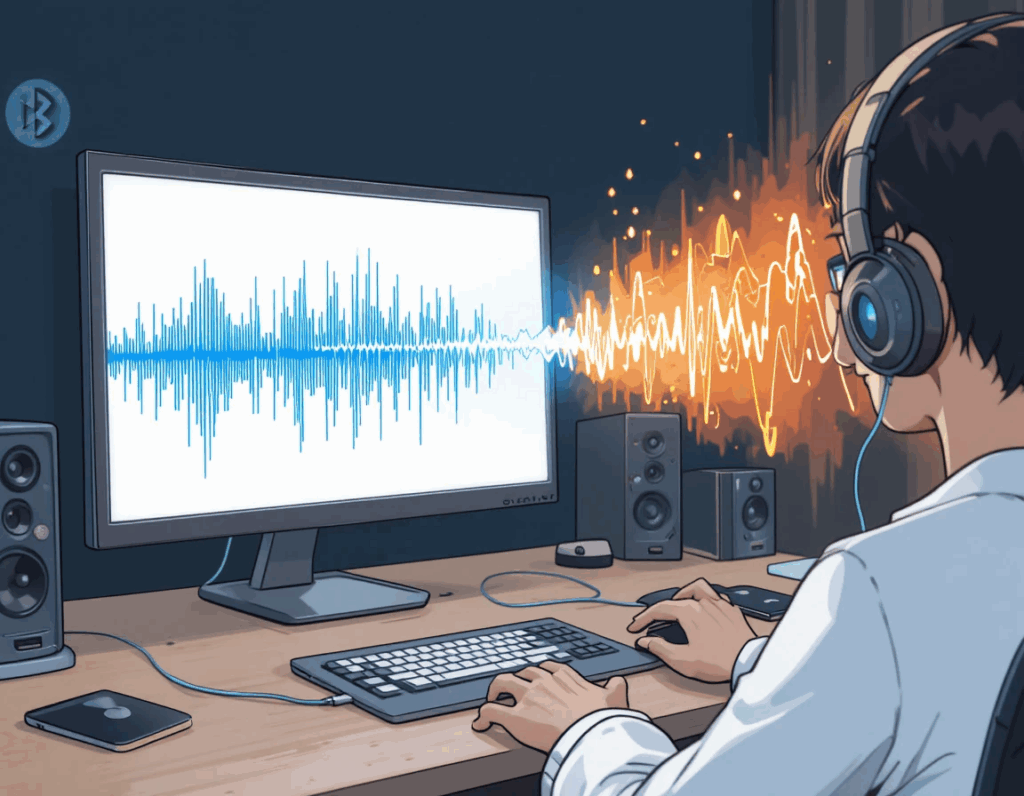
Understanding these causes helps target the fix. Below are practical solutions and checks to restore full sound on your Bluetooth speaker.
How to Fix Low Sound Quality on a Bluetooth Speaker
- Check Connections and Volume. First, make sure the speaker is correctly paired with your device. Remove other Bluetooth devices from the source, re-pair the speaker, and ensure it shows as connected. Turn up the volume on both the speaker and your phone/computer. Some devices have separate volume sliders for media and Bluetooth; make sure both are high. Also disable any “mute” or “power saving” audio modes on your device.
- Enable High-Quality Bluetooth Codecs. If your source device and speaker support it, switch to a better audio codec. On Android phones, go to Developer Options and set the Bluetooth audio codec to aptX or AAC instead of SBC. On iPhones, most use AAC by default. Higher codecs transmit audio at better fidelity. As Lifewire explains, codecs like aptX deliver “CD-like” quality over Bluetoothlifewire.com. Using a better codec effectively fixes low sound quality on a Bluetooth speaker by reducing compression.
Where and how you place the speaker affects sound. Position it on a hard, flat surface away from walls or corners, which can cause bass to boom or rattle. Keep it on a table or shelf rather than carpet or cloth. Also, ensure the path to your audio device is clear: if possible, place the speaker in the same room and remove physical obstructions. Reducing interference helps. For instance, moving the speaker away from a Wi-Fi router or other electronics can improve clarity. Good placement often makes the biggest difference in audio quality. - Use a Clean, High-Quality Audio Source. The issue might be the music file or streaming quality. Try playing a known-good, high-bitrate song or use a different app. If streaming, switch from low to high quality in the app’s settings. Also test the speaker with another device (like a different phone or laptop) to rule out problems with the first device’s output.
- Update Drivers and Firmware. Ensure your source device’s Bluetooth drivers or operating system are up to date. On a Windows PC, update Bluetooth and audio drivers; on Android or iOS, install the latest OS updates. Check if your speaker has firmware updates – some brands provide apps or PC software for this. Manufacturers often fix audio bugs in new firmware. For example, performing a factory reset can restore sound clarity. Soundcore advises that resetting a speaker “can often solve these issues and restore its optimal performance”soundcore.com. Follow the manual to reset the speaker (usually by holding certain buttons) and then pair it again.
- Reset or Re-pair the Speaker. Sometimes the Bluetooth profile or settings get mixed up. Delete (or “forget”) the speaker on your phone/computer, then turn both devices off and on again and re-pair them. This establishes a fresh connection. If problems persist, do a full reset on the speaker (check the model’s instructions). This wipes previous connections and can clear glitches that hurt audio quality.
- Inspect and Clean the Speaker Hardware.
As a last resort, check the speaker’s hardware. Turn off and unplug the speaker. If you’re handy with electronics, open the casing carefully (only if it won’t void the warranty). Look for loose wires, disconnected speakers, or corroded components. Dust, pet hair, or dirt on the speaker grille can also muffle sound – use a dry cloth or compressed air to clean it. The image above shows the inside of a Bluetooth speaker. If any solder joints are broken or a speaker driver is damaged, that could explain low sound. Fixing those (or replacing the speaker) can fully restore volume and clarity.
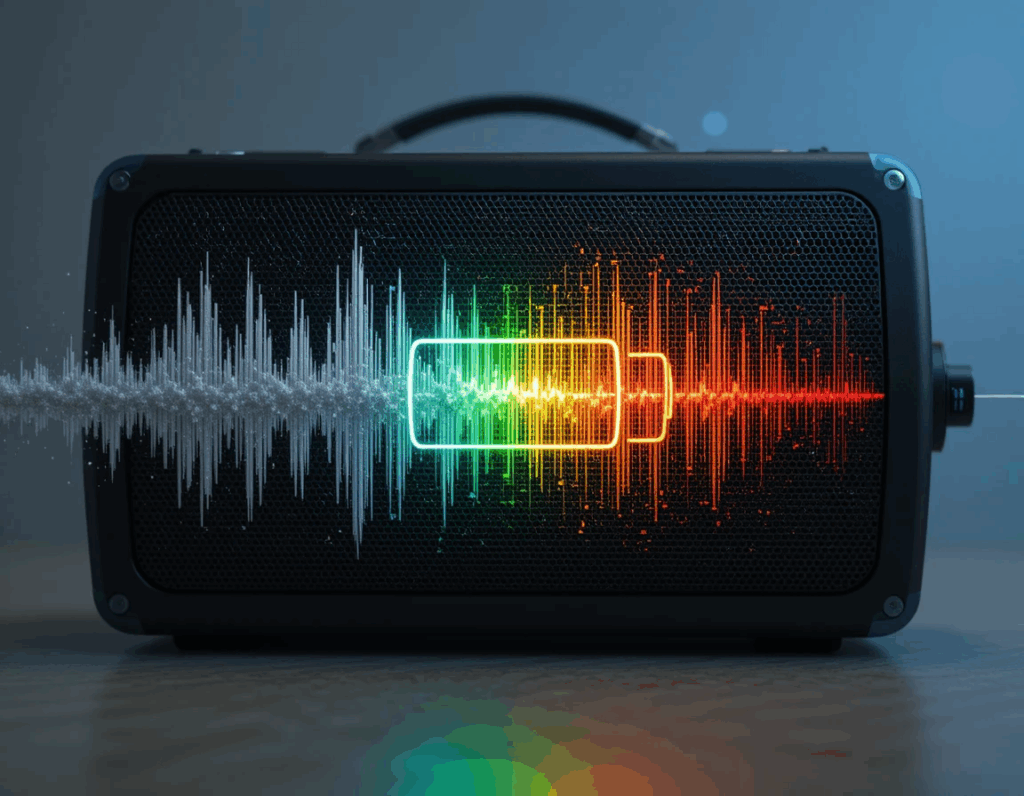
Additional Tips
- Use a Wired Connection (Temporary): If your speaker has an AUX input, connect it with a cable to test. If sound is clear over wire, the issue is likely in the Bluetooth link or settings.
- Check Battery Levels: Charge the speaker fully. Many speakers lower output on low battery.
- Avoid Battery-Saving Apps: Some apps or phone settings (like extreme power saving) throttle Bluetooth. Turn these off.
- Speaker Hardware Quality: Cheaper speakers may simply have lower fidelity. High-end speakers usually sound better. If all else fails, consider upgrading to a speaker known for strong audio performance.
Read This Next:– How to Fix Low Sound Quality Issues in Bluetooth Speakers 2025
Share This Article: Found these tips helpful? Share on social media to help others fix their Bluetooth speaker sound!
Frequently Asked Questions
How can I fix low sound quality on my Bluetooth speaker?
Make sure the speaker and source device are close and properly paired. Increase both devices’ volume and check the source audio quality. Update any drivers or speaker firmware. Enable high-quality codecs like aptX/AAC if supported. Reboot or factory reset the speaker if needed. These steps typically restore better audio.
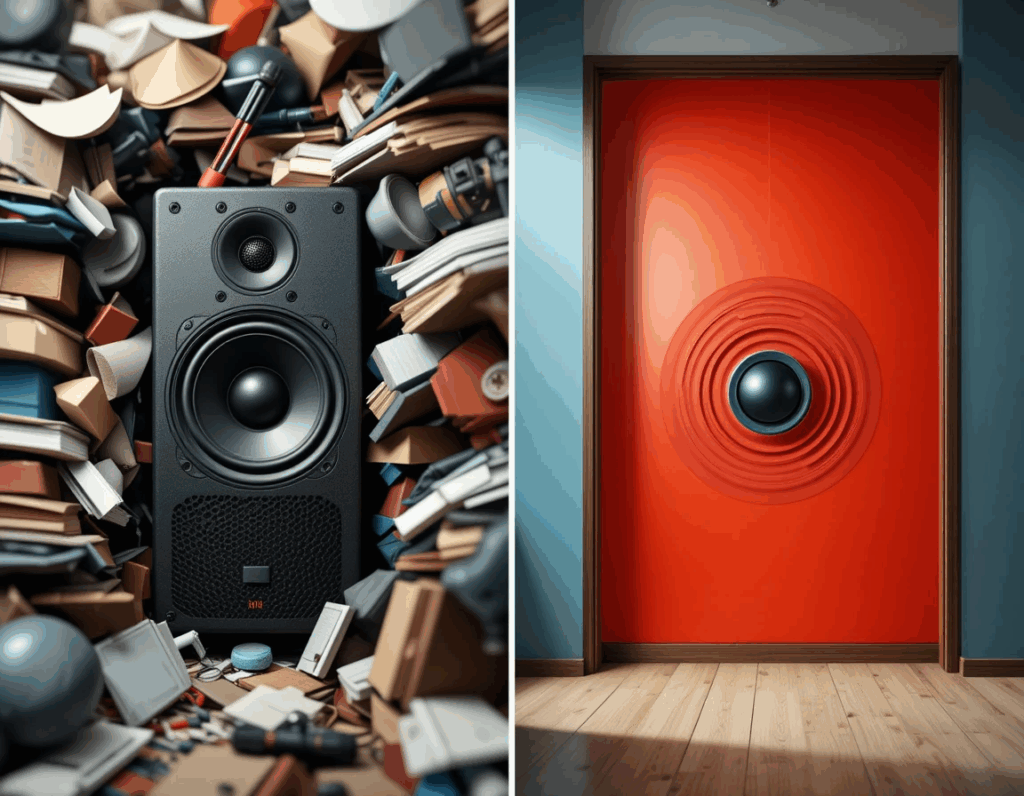
Why does my Bluetooth speaker sound distorted or muffled?
Distortion or muffling often comes from interference (Wi-Fi or devices), distance, or obstacles blocking the signal. Low battery levels or default SBC codec compression can also degrade sound. Improving the Bluetooth connection and switching to a higher-quality codec usually helps eliminate distortion.
Will updating firmware or resetting fix Bluetooth speaker audio issues?
Yes. Firmware updates can fix bugs that cause poor audio. Resetting the speaker clears pairing data and settings, which often solves glitches in sound output. As a tip, performing a factory reset has been noted to restore optimal speaker performancesoundcore.com.


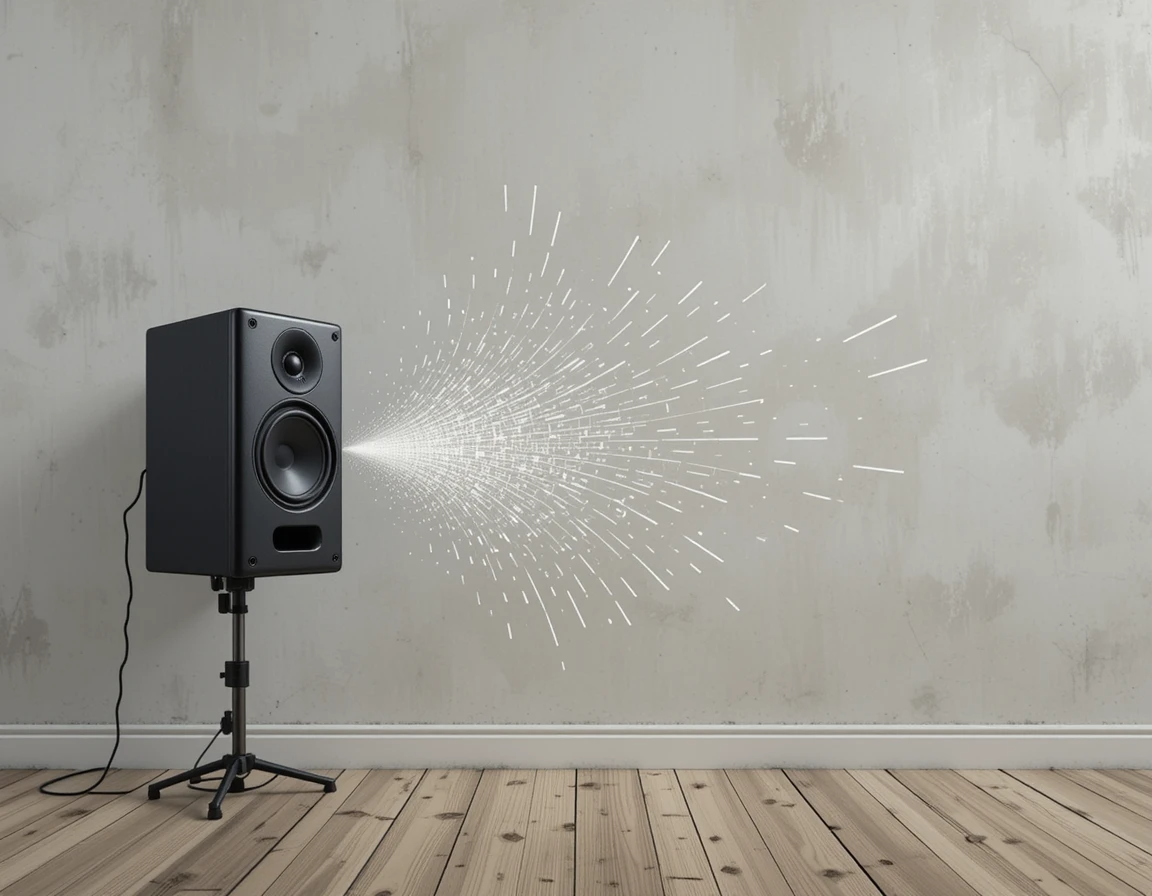


2 thoughts on “How Do You Fix Low Sound Quality on a Bluetooth Speaker? 2025”